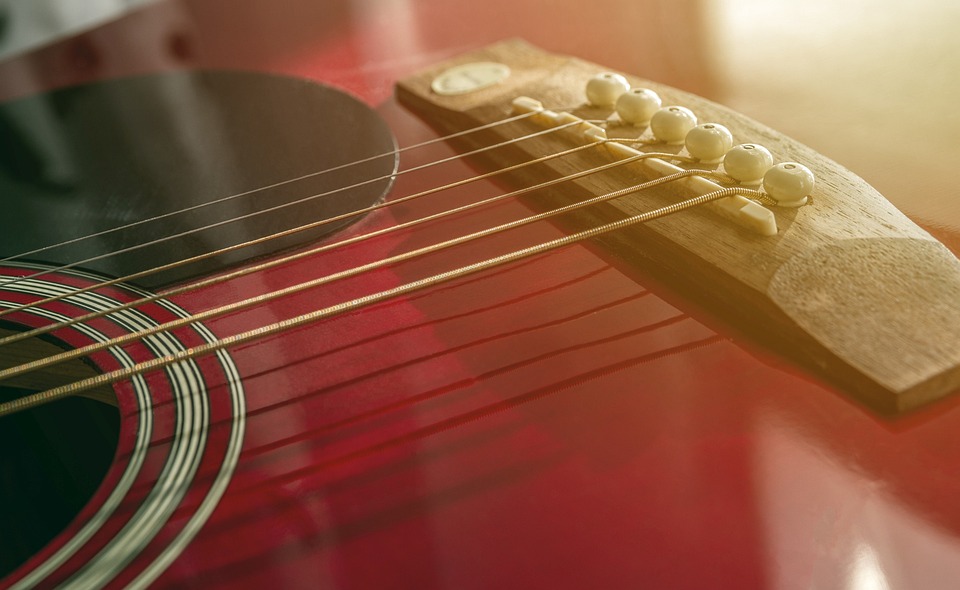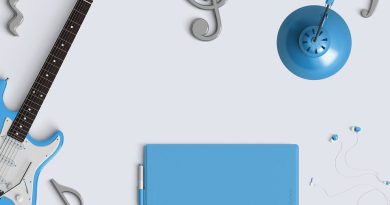Mastering the Basics: A Guitar Beginner’s Guide to Live Sound Setup
Mastering the Basics: A Guitar Beginner’s Guide to Live Sound Setup
Introduction
As a beginner guitarist, getting started with playing live gigs can be both exciting and daunting. The idea of performing in front of an audience can be nerve-wracking, but with the right knowledge and preparation, you can set yourself up for success. One of the key aspects of a successful live performance is having a solid understanding of live sound setup. In this guide, we will break down the basics of live sound setup for beginner guitarists, helping you to achieve great sound quality and a smooth performance.
Understanding Your Gear
Before diving into live sound setup, it’s important to understand the gear you will be using. As a guitarist, your primary gear will include your guitar, amplifier, pedals, and cables. Make sure you are familiar with how each piece of equipment functions and how to troubleshoot any issues that may arise during a performance.
Setting Up Your Amplifier
The first step in live sound setup for a guitarist is properly setting up your amplifier. Start by plugging in your guitar cable into the input jack of your amplifier. Adjust the volume and tone controls to your desired settings, making sure to avoid any distortion or feedback. Experiment with different EQ settings to find the best sound for your performance venue.
Connecting Your Pedals
If you use pedals in your guitar setup, make sure to properly connect them to your amplifier. Most pedals will have input and output jacks where you can plug in your guitar cable and connect to your amplifier. Test each pedal individually to ensure they are working properly and adjust their settings accordingly. Experiment with different pedal combinations to find the right sound for each song in your setlist.
Setting Up Microphones
In a live performance, you may need to amplify your guitar sound using microphones. Place a microphone in front of your amplifier, making sure the microphone is pointed towards the center of the speaker cone for the best sound capture. Adjust the microphone placement and levels to achieve the desired sound balance with your amplifier.
Using a DI Box
If you are performing in a larger venue or need to connect to a sound system, you may need to use a DI (Direct Input) box. A DI box allows you to connect your guitar directly to the sound system without using an amplifier. Make sure to properly connect the DI box to your guitar and adjust the input levels for optimal sound quality.
Sound Check
Before your live performance, it’s crucial to do a thorough sound check to ensure everything is set up properly. Start by playing a few notes on your guitar and adjusting the amplifier settings to achieve the desired sound. Check the microphone and DI box levels to ensure that your guitar sound is balanced and clear. Test your pedals to make sure they are functioning correctly and experiment with different sound combinations to find the best mix for your performance.
Tips for a Successful Live Performance
In addition to mastering the basics of live sound setup, here are some tips to help you achieve a successful live performance as a beginner guitarist:
1. Practice, practice, practice: Rehearse your setlist multiple times to build confidence and ensure a smooth performance.
2. Engage with your audience: Connect with the crowd and make eye contact to create a memorable live experience.
3. Stay calm under pressure: Nerves are natural, but try to stay calm and focused during your performance.
4. Communicate with your bandmates: Stay in sync with your bandmates and communicate any changes or cues during the performance.
5. Have fun: Remember to enjoy the experience of performing live and share your passion for music with the audience.
Conclusion
As a beginner guitarist, mastering the basics of live sound setup is essential for a successful live performance. By understanding your gear, setting up your amplifier, connecting your pedals, and using microphones and DI boxes, you can achieve great sound quality and a smooth performance. Remember to practice, engage with your audience, stay calm under pressure, communicate with your bandmates, and most importantly, have fun on stage. With the right preparation and knowledge, you can rock the live music scene as a beginner guitarist.






